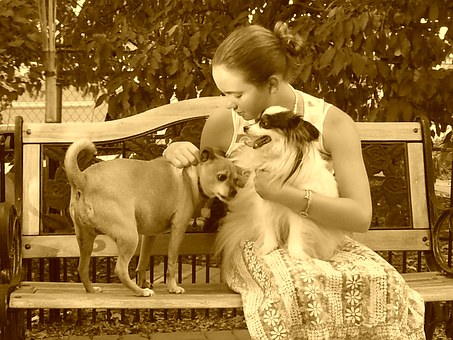Heel Pain In Children

There is not much that causes pain in the heel of children
, but when it does occur, it is most likely a condition called Severs Disease (or Calcaneal apophysitis). When we are born most of the bone is actually cartilage, and the bone starts growing inside that cartilage. Eventually all of that cartilage is replaced by bone. In many bones there are several centres where the bone develops that are separated by a thin piece of cartilage. It is as this plate of cartilage that growth occurs. In the heel bone, there are two growths areas separated by the cartilage that join up as one heel bone by around ages 13-15. Up until that age, it is possible to get a micro strain of that cartilage growth plate leading to Severs Disease.The most common cause of Severs Disease is overuse, especially playing sport in hard surfaces. Tight calf muscles are also though to play a role as the Achilles tendon attached to one of the pieces of bone and can strain the cartilage growth area, Those with a flat or pronated foot are also at increased risk for this. The symptoms of this are usually obvious with pain at the back of the heel, especially on activity and pain when you squeeze the sides of the back of the heel bone.
The most common treatment for this is some sort of cushioning heel raise that lessens the impacts with the ground and relieves the strain from the Achilles tendon. It is also important that the child reduces the level of activity that they participate in. It is not necessary to cut all activity initially. Stretching for the calf muscles is commonly advised and if a pronated or flat foot is present, foot orthotics many be indicated. This often relieves most cases of Severs disease, but if pain persists, then a further reduction in activity levels or total rest may be indicated. Sometimes strapping can be used to relieve the pull of the tendon. If none of this helps, then a walking brace or splint for 4-6 weeks may be indicated. Whatever happens, this is never a problem after the age of 15 when the two growing areas of bone merge into one.
It is important than anyone with Severs disease seek help from a health professional.
by: Craig Payne Three Routines To Help Prevent Childhood Obesity Otoplasty Corrects Protruding Ears, And Save Children From Teasing Total Transformation Program Review Lesson 6 – What To Do After Your Child Acts Out Should You Skip Or Eat Breakfast If You're Trying To Have A Girl Or Boy Baby? Kids Ray Ban Will Keep Our Littles Guys Protected How Divorcing Couples Deal with Children Why Do Teen Needs Boot Camp Training? Moving Ways to Make Changes Easier for Children The Result of Divorced Individuals and Their Children Kinds and Definition of Marriage and Child Rearing Acupuncture's Role in Weight Loss after Childbirth Tips And Ideas For Choosing Children's Bedding Christmas gift baskets for your kids